
tl;dr I fell in love with dimensionality reduction when I was learning statistical ML. Since I also study neuroscience, I wanted to practice the art at the intersection of my interests. I compared the 3D projections of a 53-dimensional neurophysiology dataset produced by PCA and a shallow autoencoder.
Links
Motivation
As I began learning about ML and statistical ML in particular, I became fascinated by dimensionality reduction (DR) methods. For those that don’t know, DRs project data from a high-dimensional space to a low-dimensional space. In essence, they are generalizations of the vector projection methods onto the x-, y-, and z-axes taught in a multivariable calculus course. DR is akin to conventional information compression, trading off size for information loss so choosing the best method and lower dimension is as much art as it is strategy.
Content
I used this project to put fingers to keyboard and learn through implementation. I explored two avenues, applying
- PCA
- An autoencoder
to a waveform-to-cell type classification problem.
PCA is the OG DR method. It decomposes the covariance matrix of the dataset to discover components that explain the most variance of the dataset. Then, the dataset is projected onto these components, which often times could .
Autoencoders (AEs) are a deep neural network (DNN) that learns to encode examples in a dataset to a lower dimensional latent vector and then decode the latent vector back to the original example. Usually, AEs learn to project examples to a manifold, i.e., they are non-linear DR methods.
Essentially, this project compares linear vs. non-linear DR.
Method
Dataset
The dataset and article Sofroniew, Nicholas James et al. “Neural coding in barrel cortex during whisker-guided locomotion.” can be found on the author’s GitHub repo. Of the 16,000 recorded neurons, approx. 30 neurons were recorded for each of 13 subjects. Each recording was comprised of 53 voltage measurements. Overall, the dataset is composed of 302 waveforms. Unavoidably, the dataset is unbalanced; regular spikers comprise 247 of the examples while intermediate spikers only make up 4 examples.
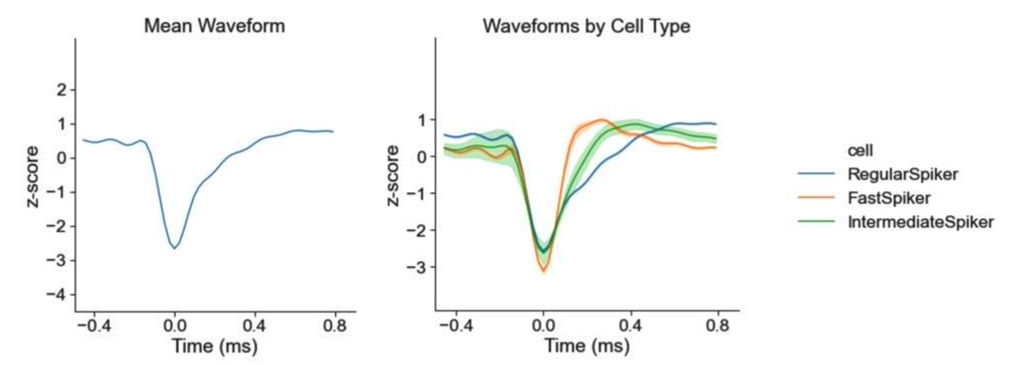
Classification
To compare and contrast the baseline, PCA, and autoencoding, I implemented a KNN classifier that uses Euclidean distance and majority vote for classification. To find the best number of neighbors given the dataset, I ran it through a standard hyperparameter search using cross-validation and a stratified split of the dataset to mitigate unbalanced classes. Once a good k-value was found, I evaluated the model on the test set, as well as a reclassification of the training set for debugging purposes.
Results
The experiments for PCA and autoencoding had the same structure: 1. find the best reduced dimensionality, 2. reduce the dataset, and 3. test with KNN.
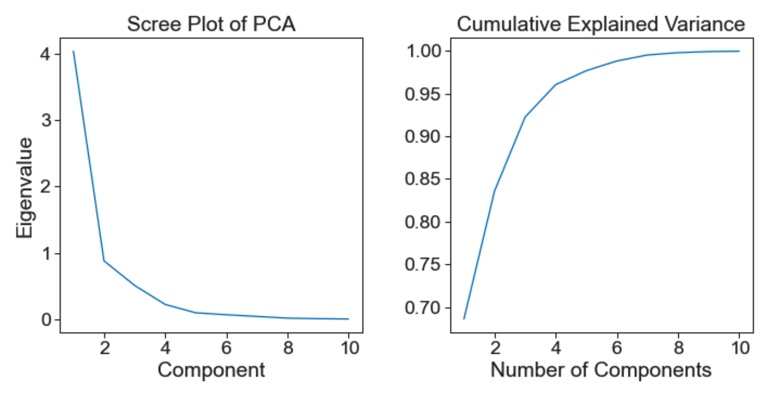
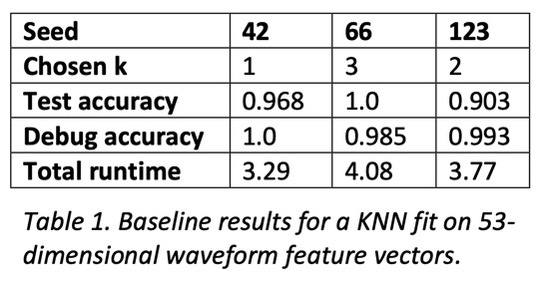
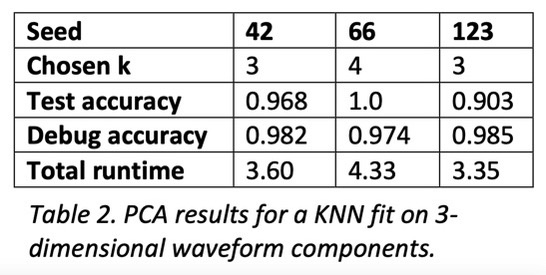
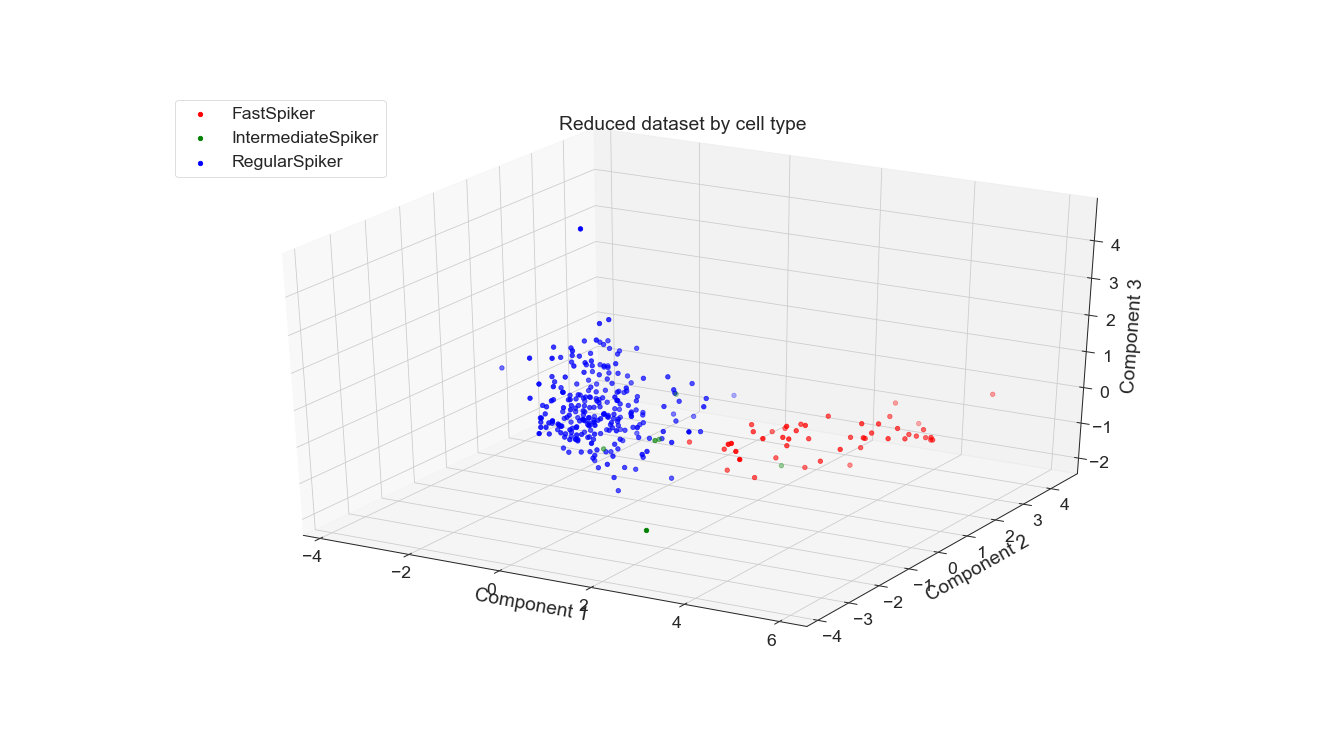
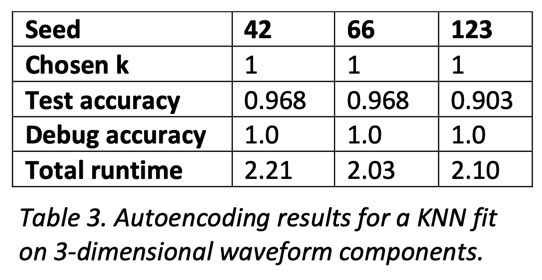
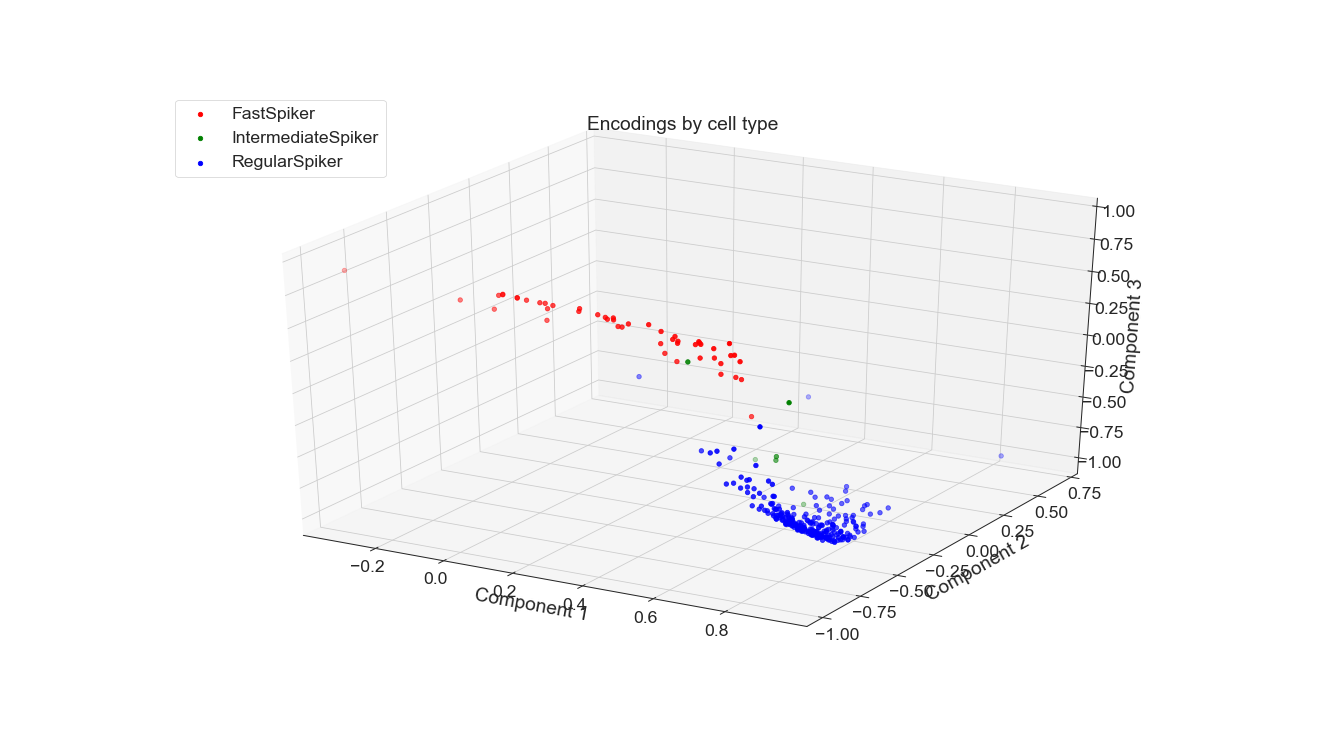
For both PCA and autoencoding, the accuracy is only slightly worse than that of the baseline. For PCA, the test accuracy is exactly the same for the 3 seeds while for the autoencoder it is only slightly worse. On the other hand, for the debug accuracy, PCA performs worse than the baseline while the autoencoder performs better. Given that trend, it might suggest that the autoencoder is somewhat overfitting the dataset, diminishing its generalizability. However, the test accuracy suggests that it is not significantly detrimental. All in all, dimensionality reduction still yields data suitable for high performance, even with information loss.
Future
PCA is a fixed method but AEs are newer and more flexible. A whole study could be done just exploring AE architectures that yield the best projection for this classification task, not to mention other relevant tasks. Of course, other non-DNN non-linear DR methods could be applied to this dataset, which would be particularly interesting for the classification of waveform to subject. Perhaps one of those methods or an AE would be able to adequately separate these classes, which were not easily separable by PCA when I tried.
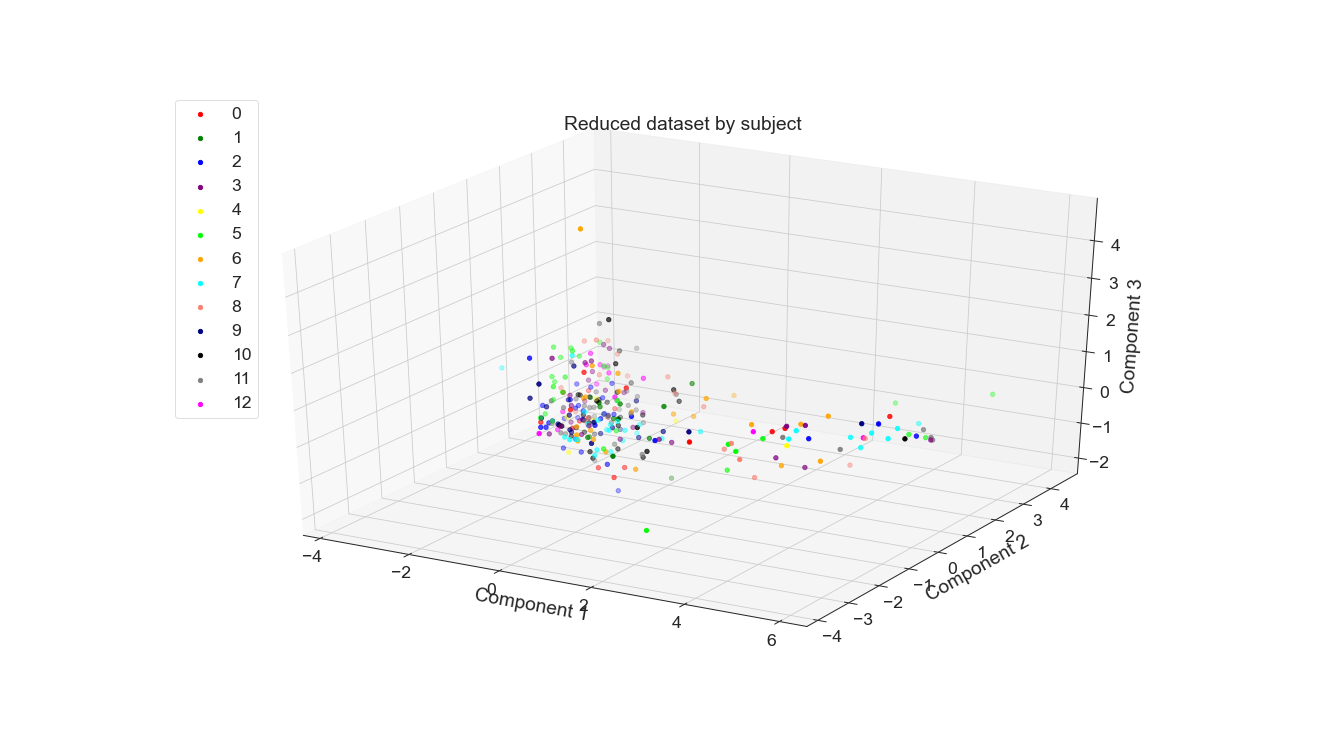
References
Cunningham, J., Yu, B. Dimensionality reduction for large-scale neural recordings. Nat Neurosci 17, 1500–1509 (2014). https://doi.org/10.1038/nn.3776
Paninski L, Cunningham JP. Neural data science: accelerating the experiment-analysis- theory cycle in large-scale neuroscience. Curr Opin Neurobiol. 2018 Jun;50:232-241. doi: 10.1016/j.conb.2018.04.007. PMID: 29738986.
Wu, Tong et al. “Deep Compressive Autoencoder for Action Potential Compression in Large-Scale Neural Recording.” Journal of Neural Engineering 15.6 (2018): n. pag. Journal of Neural Engineering. Web.
Ladjal, Saïd, Alasdair Newson, and Chi Hieu Pham. “A PCA-like Autoencoder.” arXiv 2 Apr. 2019: n. pag. Print.
Scree and cumulative explained variance plots
Hyperparameter grid search for Keras: